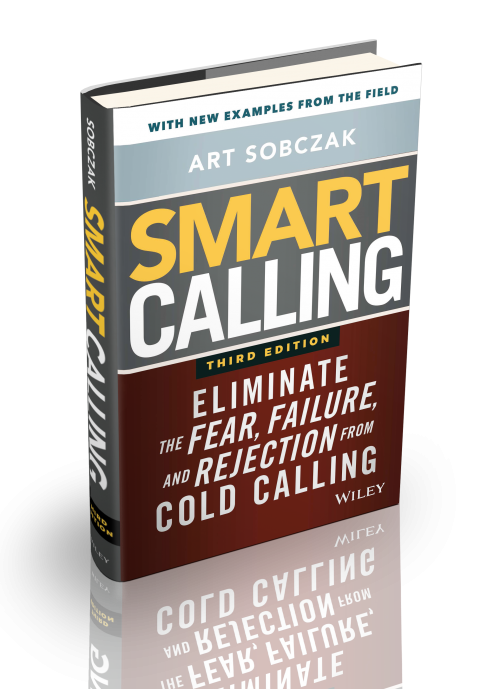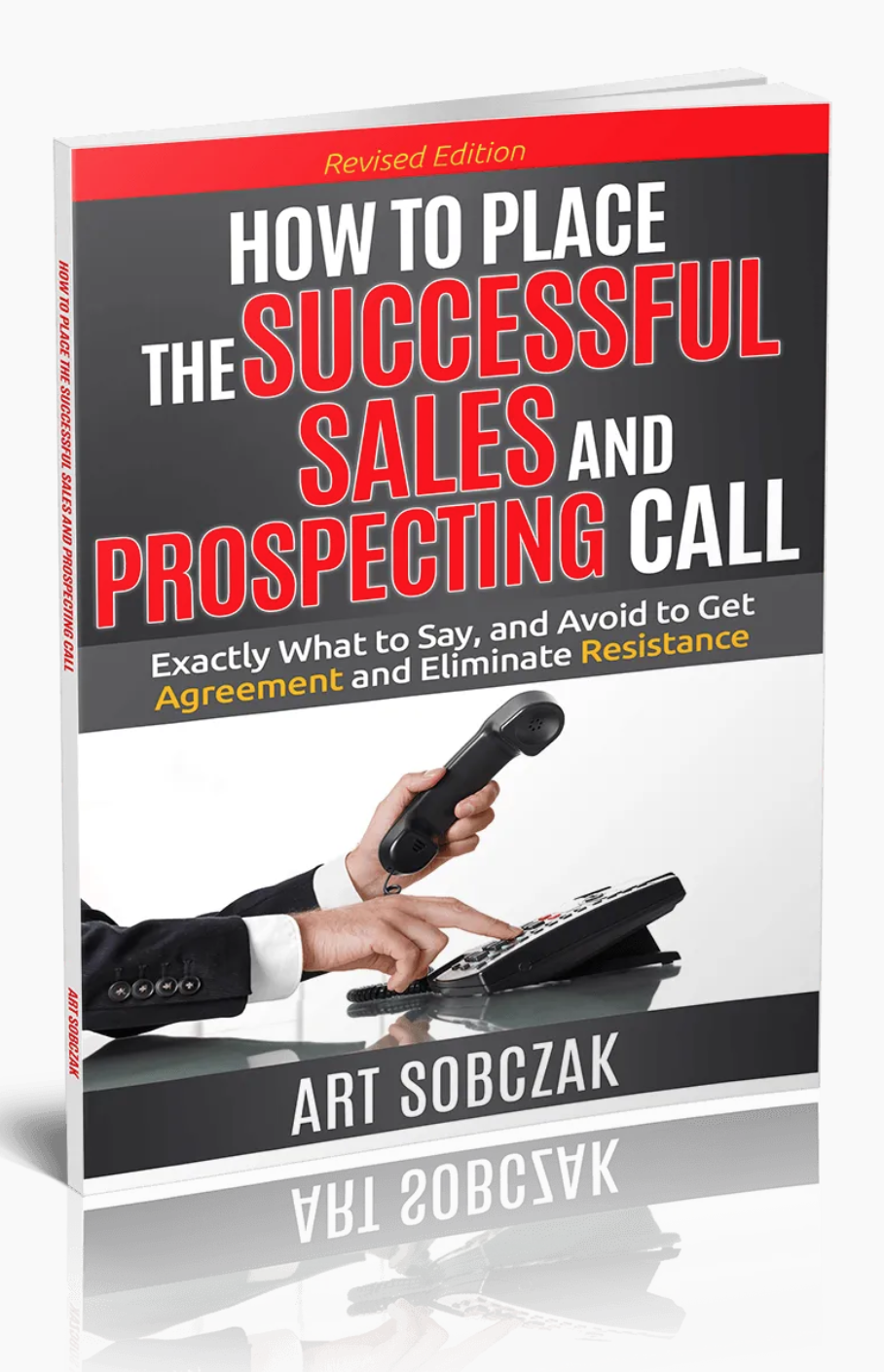 A Guest Column by Jim Domanski
A Guest Column by Jim Domanski
Do you know why the majority of sales reps do not ask for referrals on a consistent basis?
They’re cowards.
They fear rejection or they worry that they’ll be seen as too pushy or aggressive or they think the customer won’t like them …and maybe even stop doing business.
Touch a chord?
You know this, right? Referrals are the single most powerful way to increase sales. Referrals are a hellauva a lot easier to close because there is a degree of affinity. And they close in less time because the trust level is higher. But above all, they close at a much higher rate; as much as 70%.
It’s okay to be a coward. That’s human. It’s not okay to NOT ask for a referral. That’s foolhardy.
Six Ways to Passively Ask for a Referral
All you need to do is develop a referral system that is more passive in nature; one that quietly, discretely asks for a referral. Asking directly is still your best bet but in the meantime, here are six things you can do to get the referral ball rolling.
1. Send an E-mail. This is a fast, simple way to get the word out that you’d like a referral.
In the subject line, use the customer’s first name and write,
“Michael, need your help.”
The message should be short and sweet. It should reference your business relationship and then explain your request. Here’s a sample:
Michael,
First off, let me thank you for your continued business. I do not take it for granted and will continue to provide the best possible service.
Secondly, I could use your help. Much of my business is built on referrals from customers like yourself who have been pleased with the work we’ve provided.
Can you give me the names of some your co-workers ( or colleagues, associates, friends etc.) who might benefit from the services we provide?
I would be grateful for the opportunity to work with them and would give them that ‘extra’ special care and attention.
Thanks, Michael, I really appreciate your help.
Regards
It doesn’t clobber the customer with detail. The appeal for ‘help’ always gets noticed and it will get read. It is polite and sincere. No fuss, no muss. In a ‘cowardless’ world you could make a follow up call but if you don’t, well at least you’ve done something; planted some seeds.
2. Ask in Your Signature File. Use your signature file on your e-mails to passively solicit referrals. It can be as simple as:
“Referrals Much Appreciated and Welcomed.”
Make this a hyperlink so that when it is clicked
Outlook is opened with your e-mail in the “To” bar. Use a different color, bold it … do something that catches the eye of reader.
Of course, the strength of this approach is that if the client thinks of someone he can refer, all he has to do is click. No other action is necessary.
If you have a referral reward system, feature that in your sig file.
3. Send a Letter. Sending a letter is much the same as an e-mail in terms of content. But a letter is much more tangible and distinctive because the customer has to interact with it by opening it.
To make your letter more effective, hand write the envelope and put a stamp on it instead of printing a label and shoving it through a postage meter. This shows you took the time and the effort.
But the most important component to a good letter is the PS. A PS is ALWAYS read and read first. It draws the eye like a magnet. Hand write the last part of your message. Use the customer’s name and explain that you will give them extra care and attention.
4. Send Some Business Cards. Depending on the nature of your business or products, you can go one step further with your direct mail strategy by inserting a stack of business cards. A neat little phrase that I picked up some time ago can be inserted in the letter. It goes like this,
“Gina, if you’re speaking with a colleague (or friend, associate etc.) and they mention the need for (your product or service) please give them my card…”
Here’s the thing: people don’t mind giving a referral if they are absolutely confident in the services you provide. It makes them look good. Extraordinary amounts of business is done by word of mouth. So this tactic works!
5. Send a post card. Postcards are a little less formal than a written letter but the net effect is the same. Find a good postcard that conveys a business tone and write your message inside. Better yet, if you can find a postcard that suits the personality of your customer it is even better. For instance, if you have a good-natured customer, find a card with humor.
Whatever the case may be, a post card is a little more casual. It has the ‘no big deal’ connotation surrounding it. As such, it gets the attention of your client and may prompt a response.
6. Send a Fax. Fax may be dying and even extinct in some industries, but in others it is still a major form of communication. In others, its significance is much less, but there is something about getting an ‘old fashioned’ fax that catches the eye. Like a vintage car, we tend to lo ok twice.
Your message could be the same as those above. Others have used ‘rewards’ to garner names. One company offers T-shirts with clever messages for names and it does exceedingly well.
Another has used cash … with mixed results. Still others have offered candies and chocolates for five names and have been astounded by the response.
Summary
Look, the BEST way to get a referral is to ask directly. But if you can’t muster up the courage or if you tend to forget, then try these methods. The very least they do is create awareness. The best they do is generate a powerful lead.
(Jim Domanski is President of TeleConcepts Consulting, a telesales consulting and training firm. Check out his articles and ign up for his email tips atwww.TeleConceptsConsulting.comand contact him at Jim@TeleConceptsConsulting.com, 613-591-1998)
______________________________________
Great stuff Jim, Thanks for sharing.













{ 0 comments… add one now }